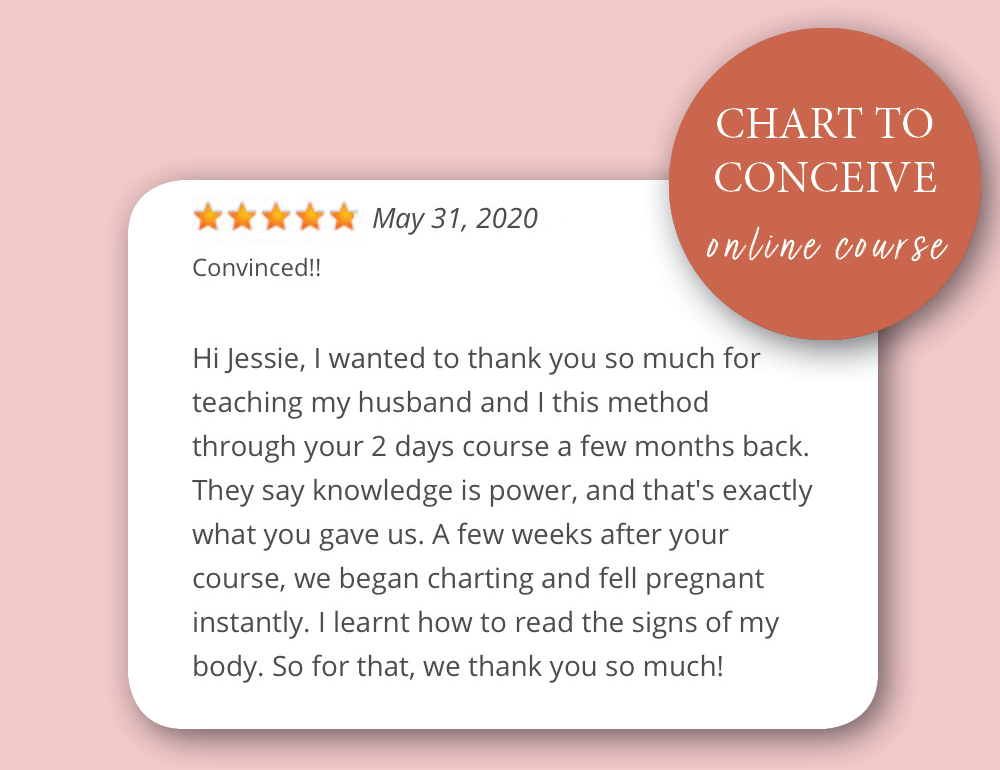When I first tell people that I teach clients how to chart their menstrual cycles to conceive, the initial reaction is often “Is that really necessary? Don’t people just have sex and fall pregnant and it’s as easy as that?”
Unfortunately, this is a symptom of a health education system which drums into us from a young age that sex inherently always leads to pregnancy and that we are walking, talking fertility factories!
Unfortunately, many couples soon discover that the reality is quite the opposite. Each menstrual cycle, we only have a 6-9 day window of fertility during which pregnancy could result from unprotected sex. This takes into account the lifespan of both our partners sperm and the egg that we release at ovulation. When we break this down even further, the egg itself only lives for a maximum of 24 hours. This means there is a single 24hr window during which sperm need to be ready and waiting in our fallopian tubes to meet the egg released at ovulation!
On top of this, the average chance of conception in any given menstrual cycle is only 25-30 percent (and these figures drop quite dramatically after the age of 35).
So, how does charting our cycles help us in the context of these statistics? At the most fundamental level, charting our cycles allows us to know in real time whether we are fertile or not on any given day. Using a Fertility Awareness-Based Method (FABM) allows us to identify the opening and closing of the fertile window each menstrual cycle, and this information can be used to help us optimise the timing of any unprotected sex.
It’s important to note that FABMs do not allow us to pinpoint the opening and closing of our biological 6-9 day fertile window (as we cannot predict in advance when ovulation will occur). Instead, FABMs allow us to pinpoint this window with a buffer of at least several days on either side. In fact, Symptothermal Method users with an average 28-day cycle would likely see a chart with an average 11-day fertile window (somewhere within which lies the biological 6-9 day fertile window).
As shown in a study released in 2007 of 900 German women, the Symptothermal Double-Check Method was shown to be able to pinpoint the opening and closing of the fertile window in this way with up to 99.6% accuracy!
So, apart from allowing us to optimise the timing of unprotected sex, how else can using the Symptothermal Method be beneficial when we are trying to conceive?
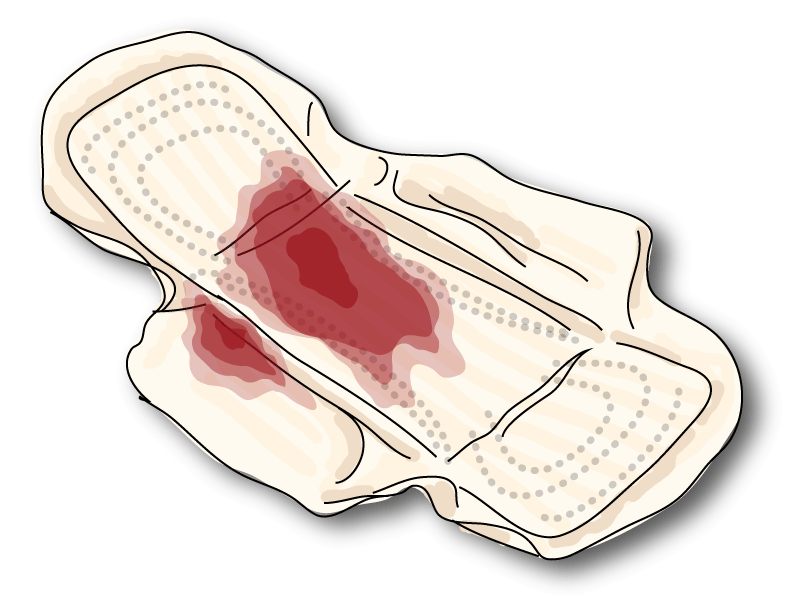
Anovulatory “Cycles”
Did you know that it is possible to have a “period” even if your body failed to ovulate? These are known as anovulatory “cycles”. We put “cycles” in quotation marks because without ovulation, a full menstrual cycle has not occurred, and any bleed experienced is simply a breakthrough bleed or withdrawal bleed occurring during your follicular phase (and this follicular phase could extend weeks, months or even years before ovulation actually occurs).
In fact, a bleed is only a true period if ovulation occurred 10-16 days prior. So, without ovulation, any bleeding is not considered a true period.
The takeaway from the above is that the presence of a bleed (whether regular or not) does not prove or guarantee that ovulation is occurring.
Charting with the Symptothermal Method allows you to find out whether ovulation is occurring – and if not? It is time to dig deep to discover the root cause, because without ovulation it is not possible to conceive naturally.
PCOS or Long & Irregular Cycles
When you are experiencing irregular or long cycles, the old adage of “every woman ovulates on day 14” will be of even less use to you when you are trying for a pregnancy.
Thankfully, using the Symptothermal Method will allow you to obtain critical visibility on what exactly your body is doing each day. Because the Symptothermal Method relies on real-time observations of your fertility, you don’t need to have regular cycles to be able to use the Symptothermal Method to pinpoint when ovulation may be approaching.
In fact, one of my recent clients came off the Depo Provera shot and did not ovulate for around nine months. During this time, we were able to keep track of her cervical mucus and basal body temperature to know in real-time what her body was doing. The result? She was able to catch her first post-Depo ovulation on her chart – and fell pregnant!
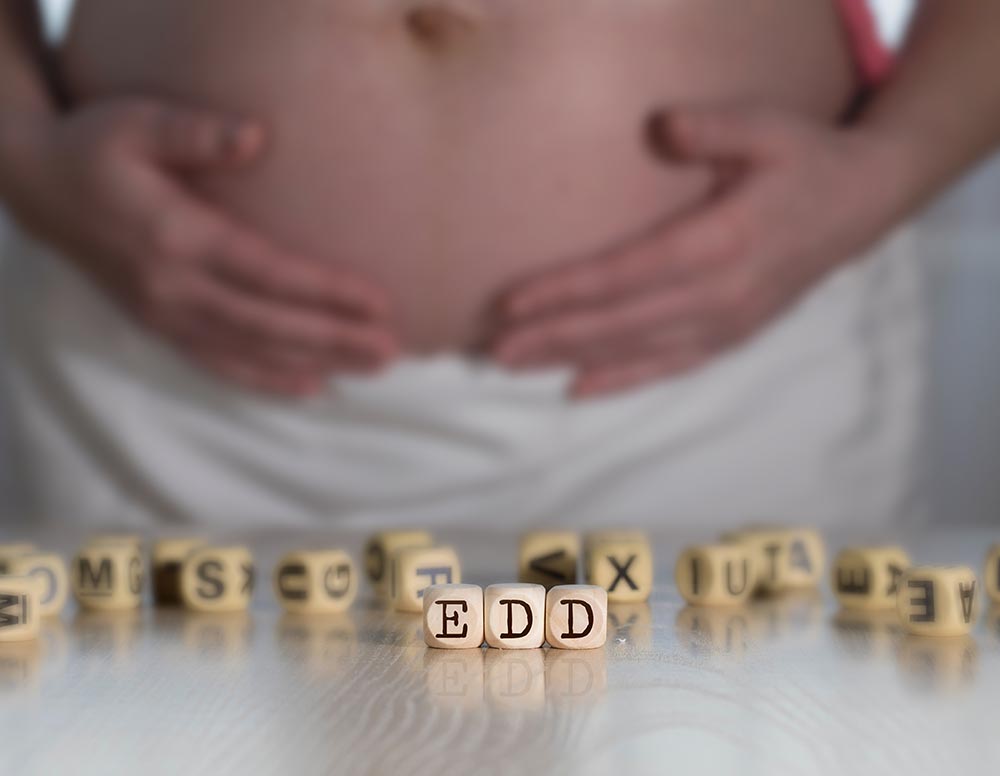
Estimated Due Dates
Once you see those two lines on your home pregnancy test, your first thought may be something along the lines of “so when will baby be due?”. Your chart will be able to provide some helpful information here.
As always, a dating scan (ultrasound) in early pregnancy will provide the most accurate estimate of the gestational age of your baby (and therefore the estimated due date).
Despite this, some people prefer to decline this early dating scan. This leaves the doctor to calculate your due date using the first date of your last period. Unfortunately, these calculations are based on the idea that women all ovulate on cycle day 14.
If you ovulated much later than cycle day 14, then the estimated due date from your doctor will be much earlier than your true due date. This can result in unnecessary pressures of induction during the late stages of pregnancy, or unfounded concerns about your baby “measuring small for your dates.”
You can often avoid this by using your chart to calculate a more accurate estimated due date. Despite this, I like to remind clients that in reality only 5% of babies actually arrive on their due date.
Mental Health
It can be trying to face months on end of having sex every 2-3 days throughout your entire menstrual cycle (these are the official guidelines for couples who are not using the Symptothermal Method to track their fertility).
Using the Symptothermal Method means that you can avoid burnout and frustrations with a regimented sex life when trying to conceive. Once you have information each day about your fertility status (using cervical mucus and basal body temperature data), you can make the decision to have unprotected sex or take a break.
In the luteal phase, if you have been able to confirm ovulation using the specific rules of the Symptothermal Method, there are usually up to 14 days where pregnancy is not possible. When the egg you released is dead and gone, both you and your partner can take a break!
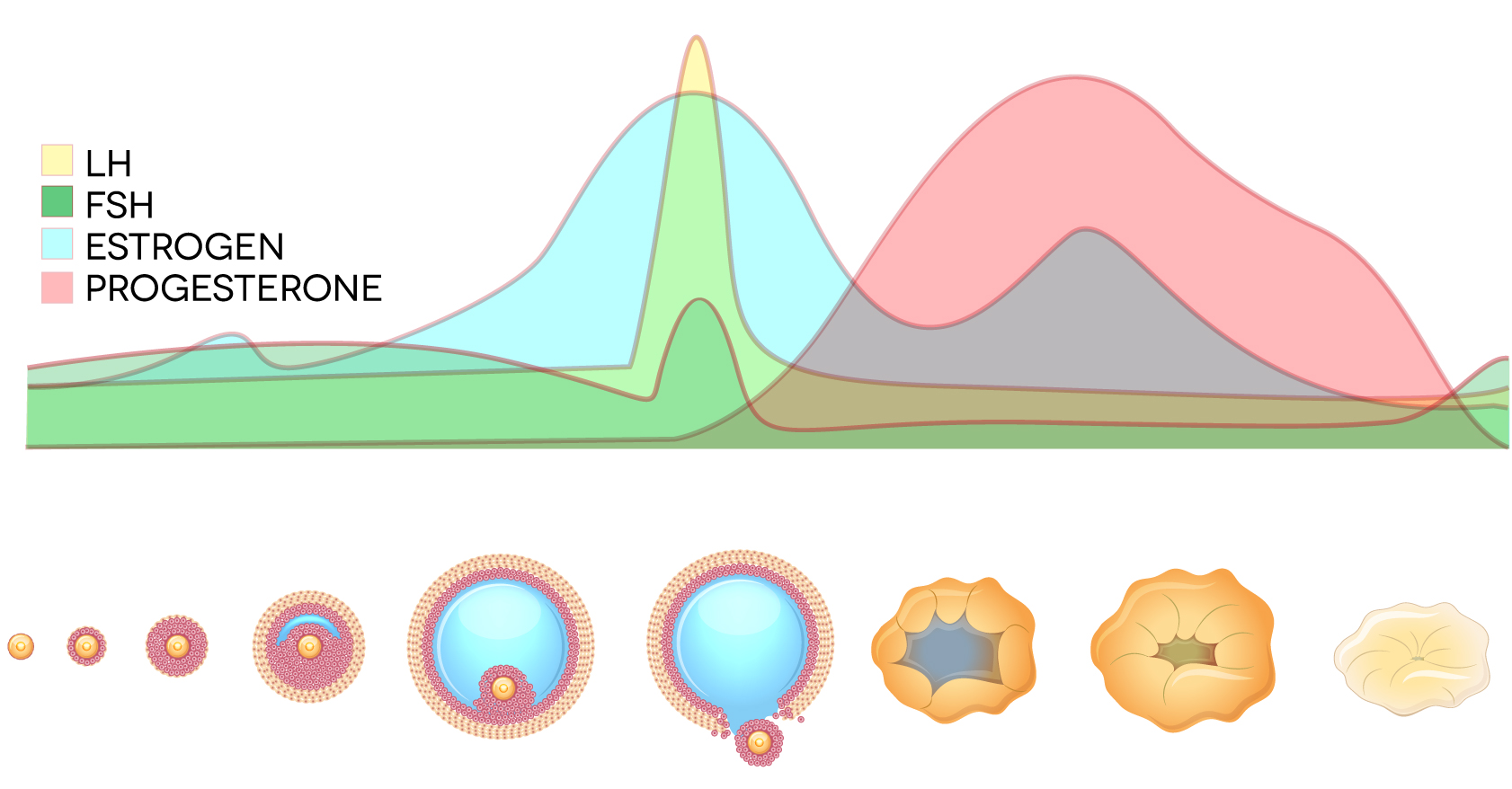
Progesterone Levels
Progesterone is our “pro-gestational” or “pro-pregnancy” hormone. Our ovaries only release progesterone in the two weeks after ovulation has occurred and adequate levels are critical for the lining of our uterus to be stable enough for the implantation of a fertilised egg.
If progesterone levels are too low, our uterine lining can begin to break down too early, not giving the fertilised egg enough time to implant. If the fertilised egg does manage to implant, low progesterone levels can also cause chemical pregnancy or early miscarriage.
It would make sense then that we would want to know in advance whether our progesterone levels are low to avoid the heartache of early pregnancy loss if possible. Unfortunately, the conventional approach often requires that you experience two or more recurrent miscarriages before your GP refers you for testing.
Charting your cycles can allow you to avoid this heartache by addressing low progesterone levels before they interfere with a pregnancy.
How exactly can charting do this? Most importantly, it allows us to see whether or not our luteal phase is of sufficient length (with ten days being the minimum here). We can also assess our temperatures, spotting patterns and cervical mucus patterns to deduce whether low progesterone may be an issue.
Our charts never act as diagnostic tools on their own; however, they can act as signposts toward issues that may warrant further medical testing. With the help of a trusted medical professional these issues can often be addressed with diet and lifestyle changes in addition to supplementation.
I highly recommend reaching out to your nearest Naturopath or Traditional Chinese Medicine provider as many of them are trained in interpreting fertility charts to address hormonal imbalance.
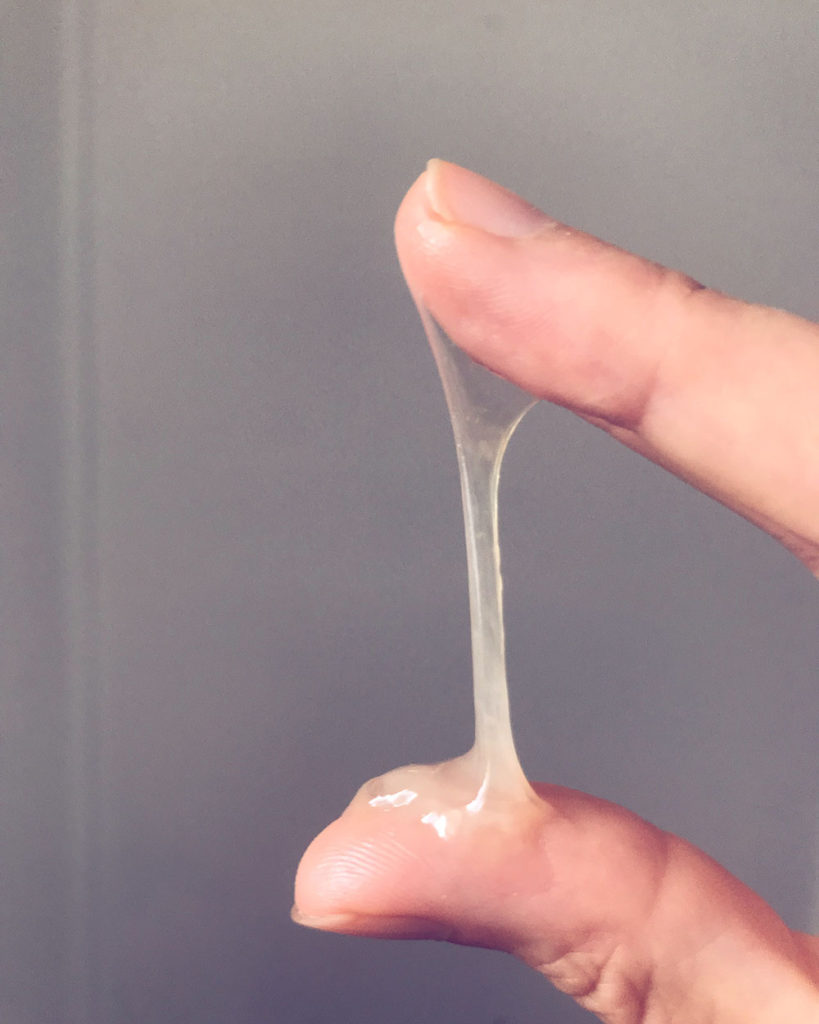
Cervical Mucus
Cervical mucus is vital for sperm survival, but you may be hard-pressed to hear this basic information from your GP. In fact, without adequate high-quality cervical mucus, sperm can die within minutes when exposed to the acidic conditions of the vagina.
When trying to conceive, cervical mucus is one of the most important pieces of the puzzle (one of the reasons I am very outspoken against the use of temperature-only apps and devices for those trying for a baby – and you can watch a video of my reasons here). If you have been charting for 3 or more cycles and are noticing that scant cervical mucus is a recurring issue, it’s potentially time to reach out for some assistance with balancing your hormones.
Because cervical mucus production is triggered by oestrogen, scant cervical mucus can occasionally signify low oestrogen levels. Low oestrogen levels can result from a large array of causes – many of which are usually addressable with the help of a functional medicine practitioner. There are also other causes of scant cervical mucus other than low oestrogen, and a trained Naturopath or TCM doctor will likely be able to work with you to investigate further.
Endometrial Thickness
The heaviness and length of our menstrual bleed can occasionally reflect basic information on the thickness of our uterine lining.
The thickness of the lining of our uterus plays a role in whether the implantation of a fertilised egg will be successful. If the lining is too thin, it can sometimes indicate (similarly to scant cervical mucus) low oestrogen levels.
On the other end of the spectrum, heavy or prolonged bleeding can occasionally signify too much oestrogen (or too little progesterone in comparison with oestrogen) or the presence of fibroids which can occasionally interfere with pregnancy.
A qualified Naturopath or Traditional Chinese Medicine doctor (in conjunction with your trusted GP), should be able to read your charts, make note of any signposts toward potential issues, and then have those issues thoroughly investigated.
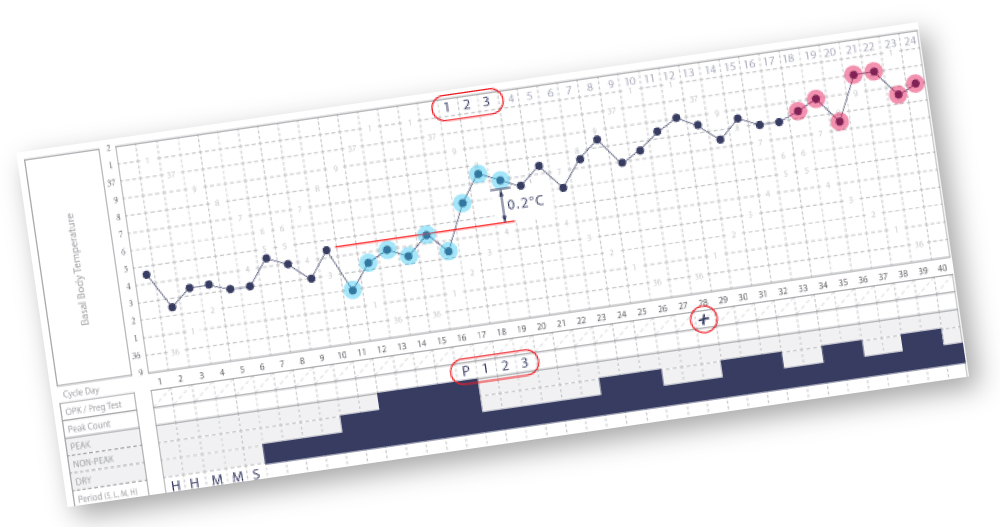
The Verdict?
As you can see, charting your cycles when trying to conceive is one of the most valuable tools you can employ on your journey toward a baby. In addition to all of the above, a trained Naturopath or Traditional Chinese Medicine doctor will be able to glean much more additional health information from your charts, including potential thyroid issues (which can be directly correlated to early pregnancy loss).
While charting your cycles is not a magic panacea (and the act of simply recording cervical mucus and basal body temperature each day definitely will not cure or fix any reproductive health issues that you have), it can be the first step to taking note of what your body is trying to tell you. Our charts are never diagnostic tools on their own; however, they can act as signposts toward issues that we may want to investigate further.
Like a canary in the coalmine, our menstrual cycles often give us the first clues of any health issues that we may be facing. This is because reproduction itself is not necessary to your survival, and the act of ovulating and shedding then growing the uterine lining is a very energy-intensive process. When your body is facing other health issues or chronic stress, your menstrual cycle is often the first thing that your body begins to shut down so that it can focus on conserving energy to put toward your healing.
In fact, it is for this reason that the American College of Obstetricians and Gynaecologists (ACOG) released a committee opinion in 2017 designating that the menstrual cycle should be considered a fifth vital sign for girls and adolescents (the topic of shutting down teen menstrual cycles with synthetic contraception is a topic for another day!).
My key takeaway: If there is one thing that I recommend to any couple hoping to conceive, it is this: start to chart your cycles with the Symptothermal Method right away (preferably 3-6 months before trying to conceive). Oh, and reach out to your nearest qualified Naturopath or TCM Doctor to obtain a high-quality prenatal supplement (not one off the shelf of your nearest pharmacy – ask your Naturopath to tell you about the difference between folic acid and folate for an explanation).

